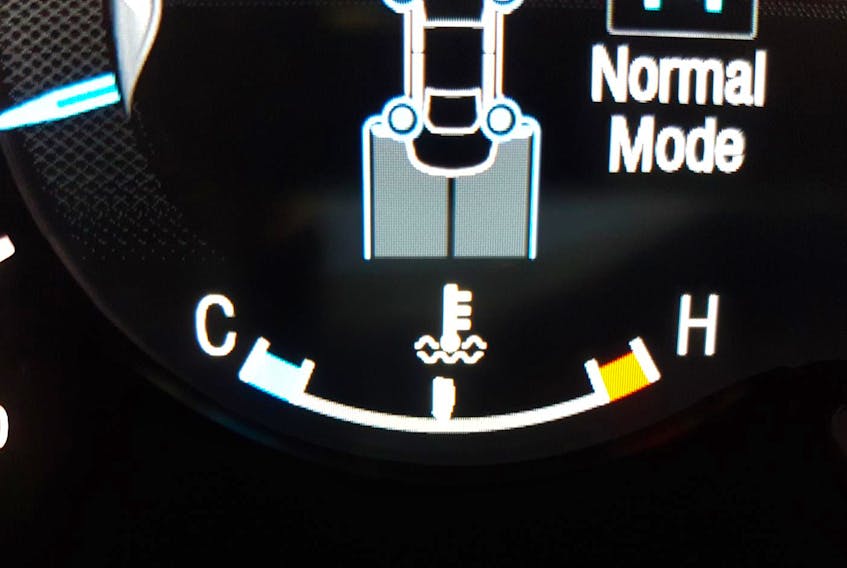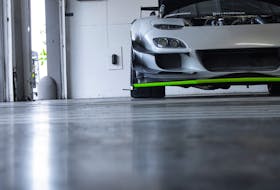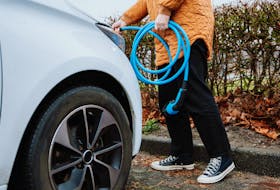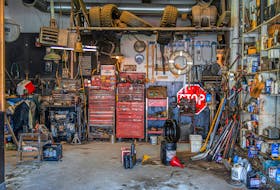In general, we humans like to be warm, though many Canadians live in a climate where this is challenging for much of the year.
Since most of us can’t just pack up and head to Florida for five or six months, it’s especially infuriating when the heaters in our cars and trucks perform poorly, which is most likely to occur in the middle of the winter when they’re needed most.
To help you make your way through the upcoming winter months with a properly-functioning heater (and defroster), read the following tips and checks.
Sometimes, making sure your winter driving is free of heater-related problems is just a matter of making a few quick inspections and understanding a few simple concepts about how your heater works.
Cooling system
Your engine’s cooling system tends to get all of the attention during the summer months, where it works to prevent your engine from overheating.
But your cooling system is confusingly named, as it’s also largely responsible for heating your vehicle’s cabin in the colder months.
As such, you’re best to make sure it’s healthy, before the cold sets in: Check the coolant level as per the instructions in your owner’s manual, have that cooling system flushed and fill completed sooner than later if this service is due, and confirm that the thermostat, which controls how hot the coolant gets (or doesn’t), is still healthy and in good shape.
Check for any sign of worn or cracked coolant hoses, or any visible coolant leaks, possibly evidenced by puddled of fluid (often bright green or orange) beneath the vehicle.
If in doubt, ask a technician to check the system over for you. Ensuring your cooling system is healthy is easy, quick, cheap and a fantastic way to fend off heater problems for the upcoming cold-weather travel season.
Let it warm up
Remember that the heat your vehicle needs to warm the cabin comes from its engine. Remember, too, that said engine needs a few moments to ‘warm up’ before that heat becomes available.
At startup of a cold engine, heat builds up over a few minutes of the engine running, at which point it’s absorbed by the coolant in the cooling system, which pumps it into the vehicle’s cabin.
Avoid the temptation to start your engine and immediately crank the heat to MAX on a cold morning as this can actually make it harder for your engine to warm up.
Start the car and turn the heat down low, using a low fan speed for the first minute or two of your drive. This typically allows your engine to heat up more quickly, which means that ultimately, you’ll be warmer, faster. This holds especially true in newer vehicles which are often using smaller and smaller engines to heat larger and larger cabins.
Change that cabin air filter
Did you know that your vehicle probably has a so-called cabin air filter that cleans the air pumped into the cabin by the climate control system?
If not, chances are that said filter is clogged full of bugs, dirt, dust, pollen and other debris. If that’s the case that filter is suffocating your heater and keeping it from performing properly.
Limited air flow caused by a clogged cabin air filter means limited heater performance, since the heater simply won’t be able to move enough air into the cabin to heat the vehicle properly.
If you’re not sure when your cabin air filter was last changed, it’s probably due. This is (typically) a fast and cheap job and one best handled before the weather gets too cold.
Your owner’s manual has the scoop. Don’t put this one off: Clogged cabin air filters are a number-one cause of poor wintertime heat in your vehicle.
They can also cause problems with the effectiveness of your windsheild defroster.
Software Updates
Virtually all aspects of the modern automobile are computer controlled and the heater and climate control system are typically no exception.
Sometimes, automakers release revised and updated software which addresses a latent problem, or improves or corrects the operation of one or more vehicle systems. These software updates (which work similarly to a ‘patch’ installed to your laptop or PC), are usually installed by a dealer technician when your vehicle is in for servicing.
Sometimes, software updates can directly, or indirectly, affect the performance of your vehicle’s heating system in the winter, so if you experience any issues or concerns, ask your dealer’s service department if any software updates may be available to address your problem.
Though relatively rare, various automakers have software updates for numerous makes and models that directly affect the performance and consistency of the climate control system. Your service department has the scoop.
Leave the A/C on
In some situations, even in extreme cold, your vehicle will turn on its air conditioner.
Many drivers think this is a fluke or flaw because, of course, the air conditioner is something you use when it’s hot out, not in the middle of January — right?
Sort of, but not so fast.
The air conditioner cools the air going into your vehicle but also dries it by removing moisture.
In winter, this function is normal and intentional. By drying the air in your car, moisture is removed, which can keep windows from fogging up and reducing your ability to see out of your ride.
If you notice the air conditioning turning itself on, even in the cold, leave it be; it’s got an important job to do.









